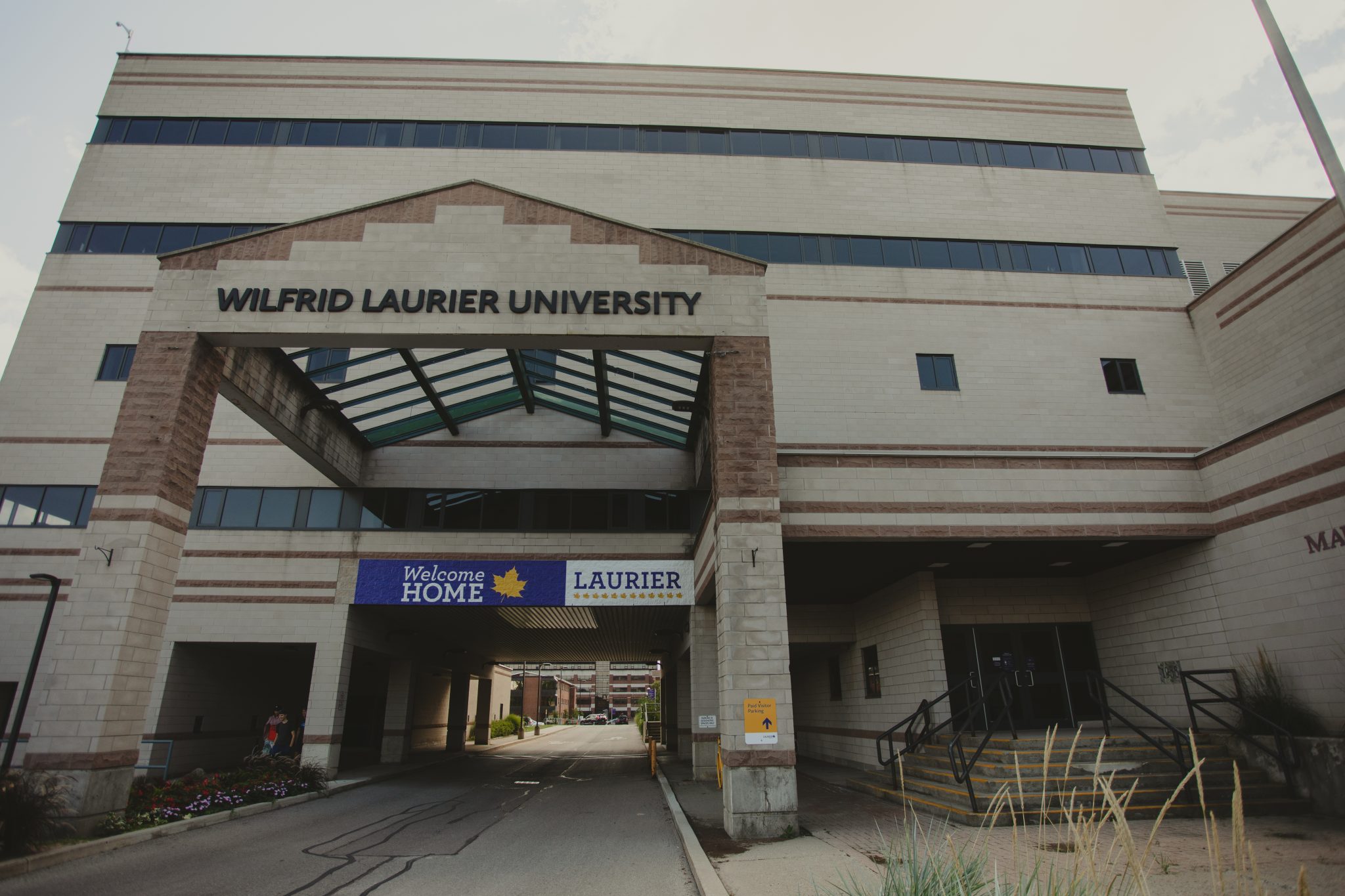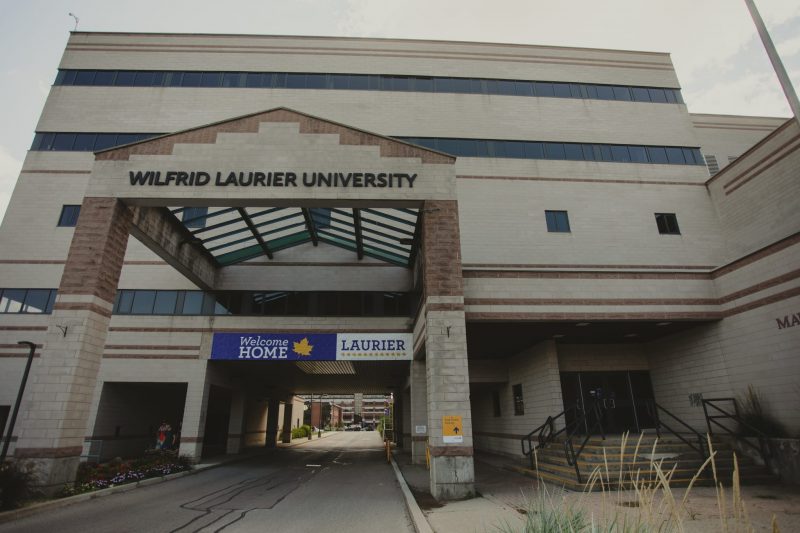Centre for student equity, diversity and inclusion to work towards social justice on campus


Wilfrid Laurier University has continued to emphasize the importance of equity, diversity and inclusion at the institution.
“Laurier is committed to EDI as part of its core values, and understands that the effective creation and dissemination of new knowledge must take place in an academic community that recognizes the dignity and value of each and every one of its students, staff and faculty members,”Deborah MacLatchy, the president and vice-chancellor said.
The Centre for Student Equity, Diversity and Inclusion is one of the resources present to promote EDI at Laurier.
“We work toward equity, diversity, inclusion, and accessibility on campus, but also importantly, social justice, so ‘how do we all seek justice? How do we all acquire justice in this world that we’re in?’” Eden Hennessy, manager of the CSEDI said.
This centre supports students after experiencing harm, such as racial discrimination, and helps them with advocacy and navigating the system.
They contribute to evidence-based, action plans and policy passing on campus and they offer experiential learning opportunities for students interested in student EDI, as well as training or education.
“Programming is ongoing, we are consistently working on having interesting engaging online opportunities for students to engage with content, guest speakers, conferences,” she said.
This is your world, you all are the future of what’s going to happen here, and so to me, it’s more important to understand the things that you want and need.
Eden Hennessy, manager of CSEDI
They have been working with Barrington Walker, senior advisor, EDI, in the office of the provost and VP academic, and Rebecca Smyth, the Dimensions Program coordinator, on the dimensions program.
“The dimensions charter is a national initiative to increase EDI in our institutions,” Hennessy said.
The student demographic at Laurier is continuously changing and this is the first time the university is collecting that information on Loris through a self ID form that includes religious affiliation, gender identity, sex and sexual orientation among other demographics.
“It’s really critical that we know who people are so that then we can curate and provide services in line with those identities,” Hennessy explained.
“We’ve also been working on revising the non-academic Student Code of Conduct to platform equity, diversity and inclusion.”
The centre carried out focus groups to engage with students and they put the feedback received into documents with the Dean of Students Office to be a platform for EDI implementation.
Hennessy and her team recognize that more work needs to be done for EDI on campus.
“I’d like to see a lot more resources… expanding our teams, continuing to get more staff to do this kind of labour within the institution is really essential … I’d love to see more platforming of diverse voices within the institution, more pieces like this being written, more student-led initiatives and student-driven pieces … I think students have an incredible ability to use their voice and be advocates in this environment,” she said.
Hennessy is passionate about using her role to advocate for students and support them.
“This is your world, you all are the future of what’s going to happen here, and so to me, it’s more important to understand the things that you want and need,” she said.
She is open to critique from students and staff about the CSEDI and EDI.
“It’s also important that the community has a chance to see the work in a transparent way and then hold us accountable.”
“There’s an open invitation to the community here. I’m radically committed to being open and hearing feedback… I am happy to hear critique right through diversity@wlu.ca.”
There is more work to be done in EDI at an institution-wide level as the action plan progresses.

